
NPR Brings National Attention to Eichlers
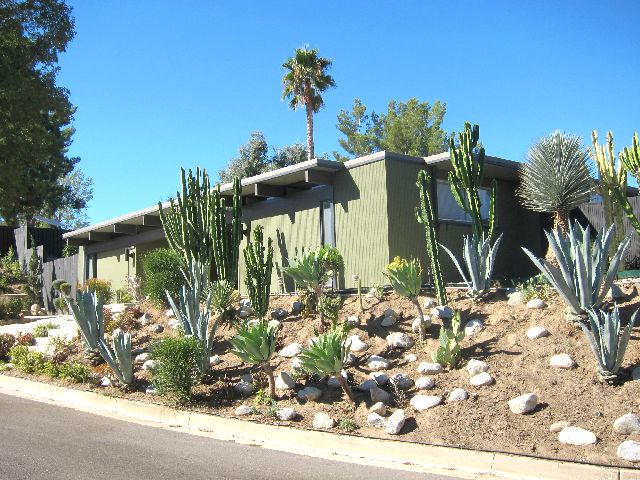 |
|
|
Out California way Eichlers are a well known commodity. Among some people they are a legend. In the rest of the country – less so. But a recent NPR look at Eichler’s Balboa Highlands is adding to their national fame.
Broadcaster Susan Stamberg, who’s historic herself, having been with NPR since its founding in 1971, toured Eichler’s Balboa Highlands subdivision in the Los Angeles neighborhood of Granada Hills with Adriene Biondo, a longtime resident and leading LA preservationist, who worked to get local historic designation for the neighborhood, and with architect, architectural writer, and preservationist Alan Hess.
Hess, by the way, was recently honored by the Los Angeles Conservancy with its ‘Presidents Award.’
“As an architect, architecture critic, historian, author, educator, and preservationist, Hess has elevated the roadside and commercial architecture of post-World War II to its rightful place in the canon of architectural history,” the Conservancy wrote. “He has done so by taking seriously the hidden, forgotten, neglected, and unsung places that helped define postwar living.”
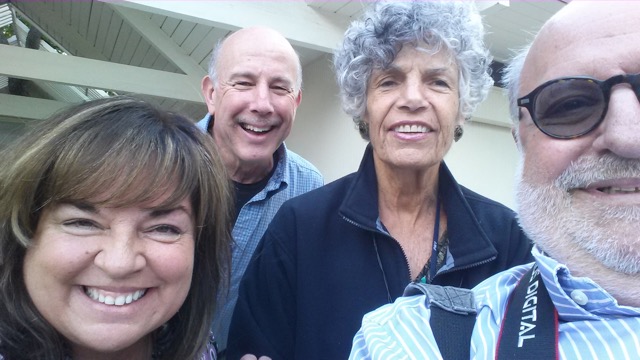 |
|
|
“Nineteen books and more than a hundred articles, essays, and lectures later, Hess is the preeminent authority on Modern architecture and urbanism in the mid-twentieth century. He writes about Frank Lloyd Wright, but also Edward Durell Stone, Stanley Meston, and other architects who don’t get the attention they deserve. He was writing about John Lautner, William Pereira, and Oscar Niemeyer before they were household names among architecture buffs.”
“He also walks the talk. Far from purely academic, Hess’ work seeks to achieve the very real goal of preserving important places, regardless of their age, purpose, or reputation. Hess has worked actively to preserve important examples of postwar architecture, including the world’s oldest remaining McDonald’s in Downey (Stanley Meston, 1953), Pasadena’s former Stuart Pharmaceutical factory (Edward Durell Stone, 1958), and most recently, Norms La Cienega (Armet & Davis, 1957).”
One recent preservation battle that Hess fought, but ultimately lost, was to preserve in a more intact state than has come to pass Eichler’s Edgewood shopping center in Palo Alto.
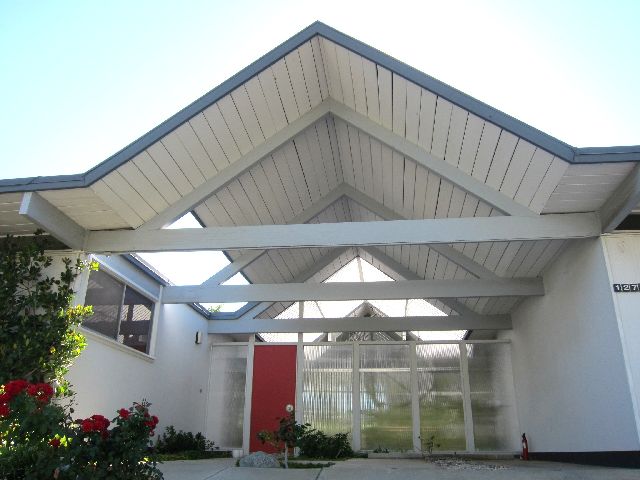 |
|
|
The radio spot, about seven minutes in length and archived for later listening, takes off from the new ‘Eichler’ home recently built in Palm Springs to wonder: why would anyone want to bring back an Eichler home?
We meet original Balboa Highlands owners Bernie and Lyla Grossman, who reminisce about meeting Joe Eichler.
“He was just like someone from the East who was in business,” Lyla said. “He was not a California boy. He was not easy. He was a bit gruff.”
There is also much talk about how Eichler was famous for selling to people of all ethnicities.
One of the more interesting comments comes, not during the broadcast, but in the long, long string of comments that follows on the NPR website. While many comments, and comments on comments, go off on strange tangents (the evils of banking, the evils of the government), a commenter named 'pamelamoore,' whose name is probably Pamela Moore, states:
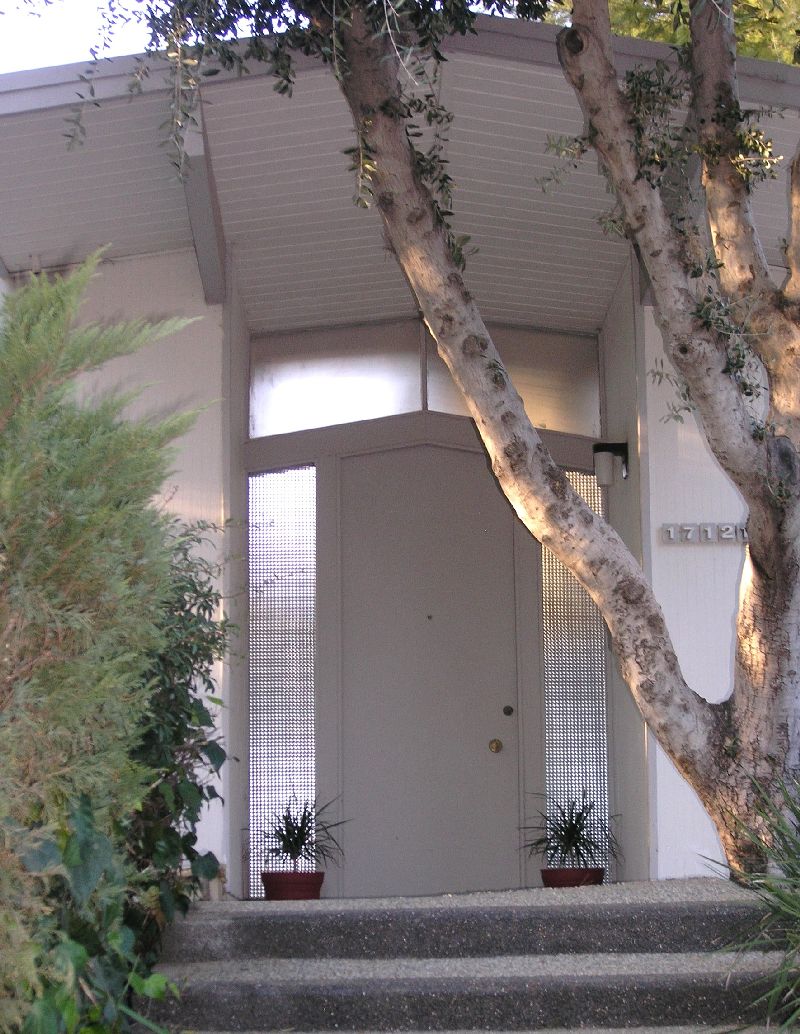 |
|
|
“I'm an African-American woman who grew up in Balboa Highlands. I credit much of my success in navigating the world to growing up in an integrated neighborhood. Our next door neighbor was a Jewish family -- the dad was a rabbi. Across the street was a Catholic family -- I was envious because the seven kids had bunk beds. Many of our families are still close. There's a lot to admire about the architecture, the cost, and the execution of Eichler homes. But I firmly believe that the true impact of Joe Eichler's vision was that an ethnically diverse neighborhood was the best environment to bring up kids -- and to make sure our democracy lived up to its goals.”
Another high point of the broadcast, and of the anger that followed in the comments column, was a joke by Bernie Grossman that, in regards to diversity, “we even had one Republican” in the neighborhood. “How was he allowed in?” Stamberg jokes back.
Which was proof positive to commenter Patrick McCarthy that NPR “is a denizen of liberal commentators and silver-tailed journalists.”
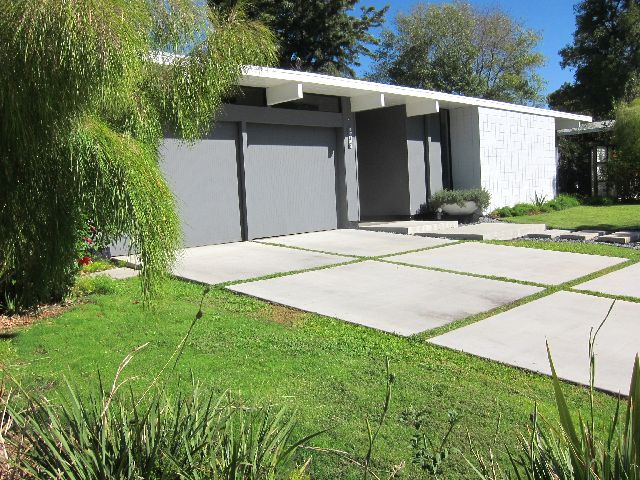 |
|
|
- ‹ previous
- 445 of 677
- next ›



